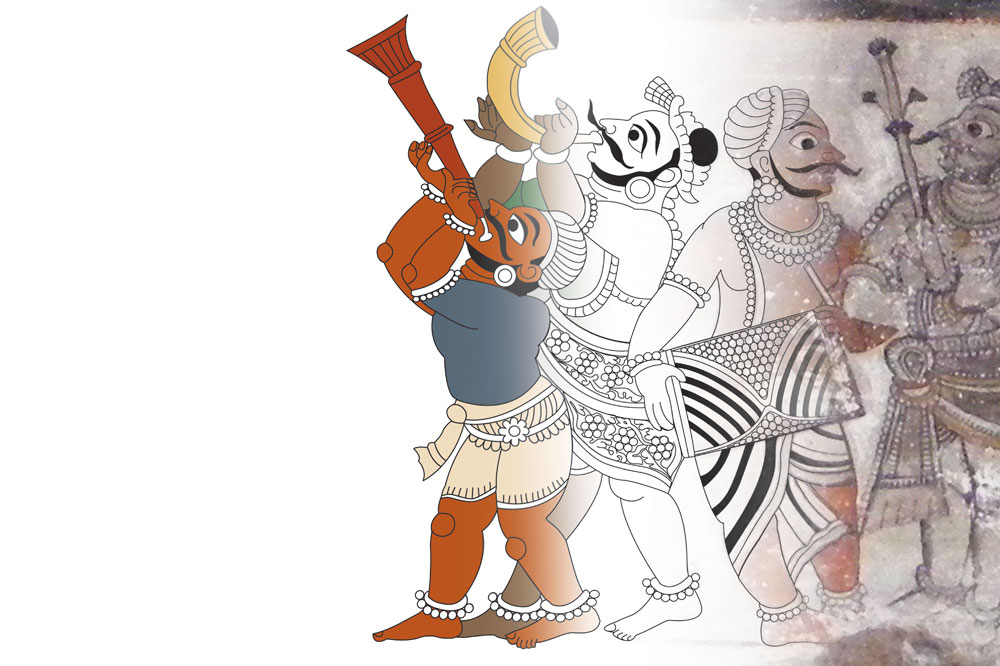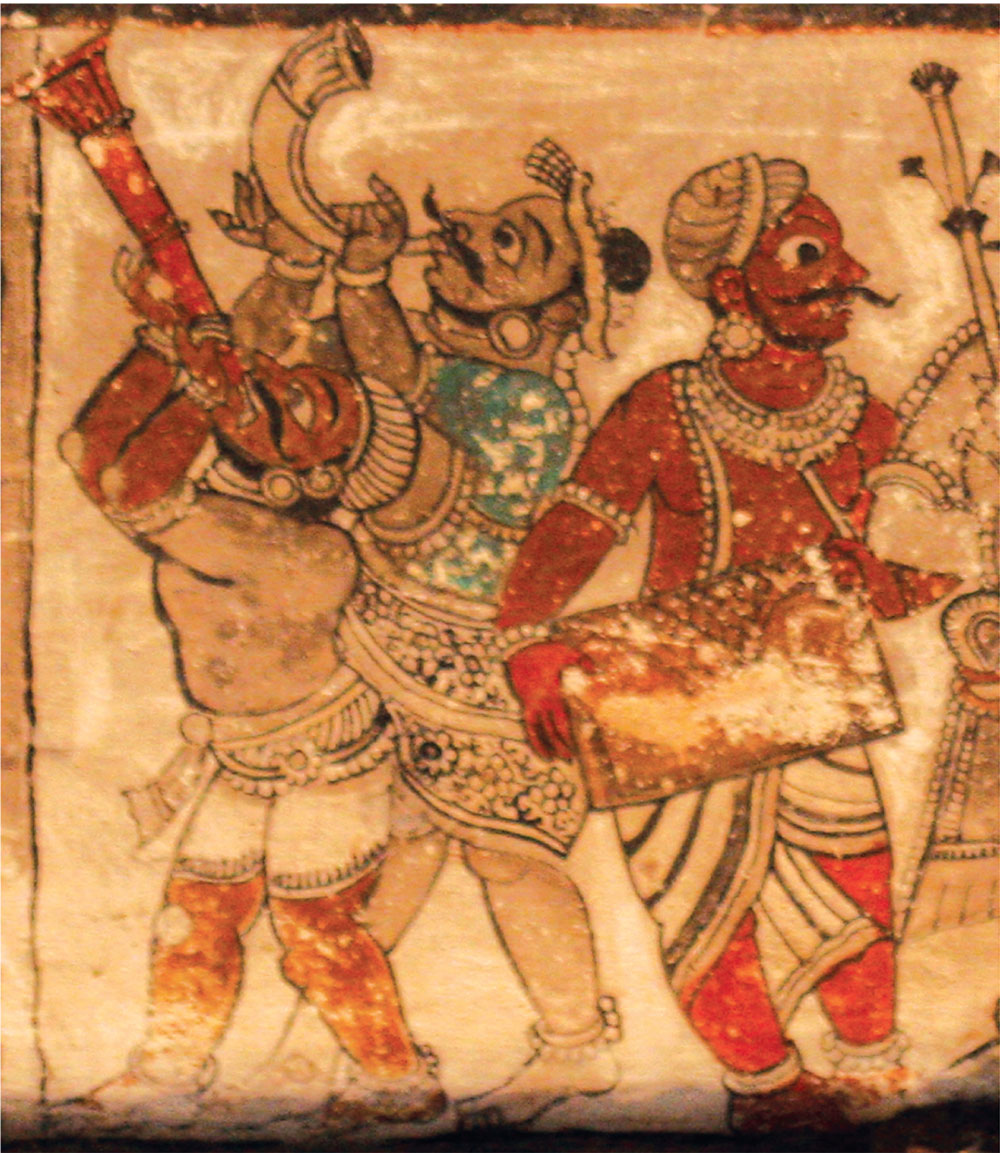M V Bhaskar



Grant Period: Over two years
M V Bhaskar is a graphic design and imaging specialist with an academic publishing services company. In 2004, he worked as the archivist on a project documenting the Nayaka murals of Tamil Nadu with Dr Balusamy, Head of the Tamil Department, Madras Christian College. In 2007, he was also involved in a project to document and archive Tamil-Brahmi stone inscriptions for the Central Institute of Classical Tamil. Bhaskar has since become completely absorbed in bringing his multipronged practice of investigating art history, science and technology together with education, entertainment, utility and public interest. This grant will support Bhaskar in exploring alternative forms of mural conservation, reconstruction and restoration through the replication of 17th century Ramayana murals of the Chengam Venugopala Parthasarthy temple, on other media, such as Kalamkari and digital animation.
Bhaskar explained that in recent memory many mural painting sites have been conserved/restored using questionable methods. This has ranged from chemical cleaning, spraying protective coats, and in frequent and extreme cases, over painting – all of which are intrusive. Not being a professional conservator or restorer himself, Bhaskar has pursued his passion through grass root experience and self-driven studies. Towards extending his own professional skills of scientific illustration, he began to think about and explore murals using digital technologies. Over the years, Bhaskar has developed a special and complex digital technique to meticulously document mural paintings. As mural paintings occupy walls and ceilings that often stretch across hundreds of feet, it will be almost impossible to photograph them as a single picture. Bhaskar’s approach involves photographing murals in many small parts, and then digitally ‘stitching’ them together to make a whole. Once stitched, the paintings become intelligible, but not shareable due to the high image resolution. To facilitate this, Bhaskar will digitally trace the images using a stylus and touch pad as Scalable Vector Graphics (SVG). This line art shall serve as a valuable archival resource and will be used to investigate details of the murals—scenes, characters, costumes, and jewellery.
The Chengam murals are a compact presentation of the Ramayana, on a square ceiling (mukha mantapa) of 30’ x 30’. Documenting this compact mural will allow for a focused and more detailed documentation and archival process. Bhaskar will also undertake a reconstruction and replication process with Sri. Ramachandriah, a Kalamkari artist from Kalahasti, and an Andhra State awardee and record-holder for the world’s largest Kalamkari ever produced. Bhaskar and Ramachandriah have worked together extensively in the past. Kalamkari tapestries, according to Bhaskar, are the best archival medium for murals as the cloth can survive for centuries. Bhaskar is confident of Ramachandriah’s intuitive grasp of how a missing line is to be filled, his awareness of the ‘lakshanas’, his sense of colour, and his unusual comfort in handling large pieces will ensure that one of the key objectives of this project (to create an actual size canopy of the ceiling piece at Chengam) will be achieved. This unique Kalamkari replication of the mural will make an immovable wall durable, potentially creating a travelling exhibit. The process of work will return heritage art to the artist, opening up an alternative channel for conservation.
Bhaskar will also produce an animated short film of the Ramayana murals of the Chengam Venugopala Parthasarathy temple. To facilitate a more authentic audio source for the film, Bhaskar will record oral narratives that will coincide with the stories on the murals. The film will be a composite of video, 3d-animation rendered as 2d, rotoscopy, and some basic transition effects. The whole project will be uploaded onto a website which shall contain a catalogue of indexed characters for ready reference. Bhaskar feels it is the best way to inexpensively publish such rich, multilingual, multimedia content, and to create a public space to debate the politics of knowledge systems, explore new forms of restoration and conservation, and pressure other publicly funded projects to be more in the public domain.
